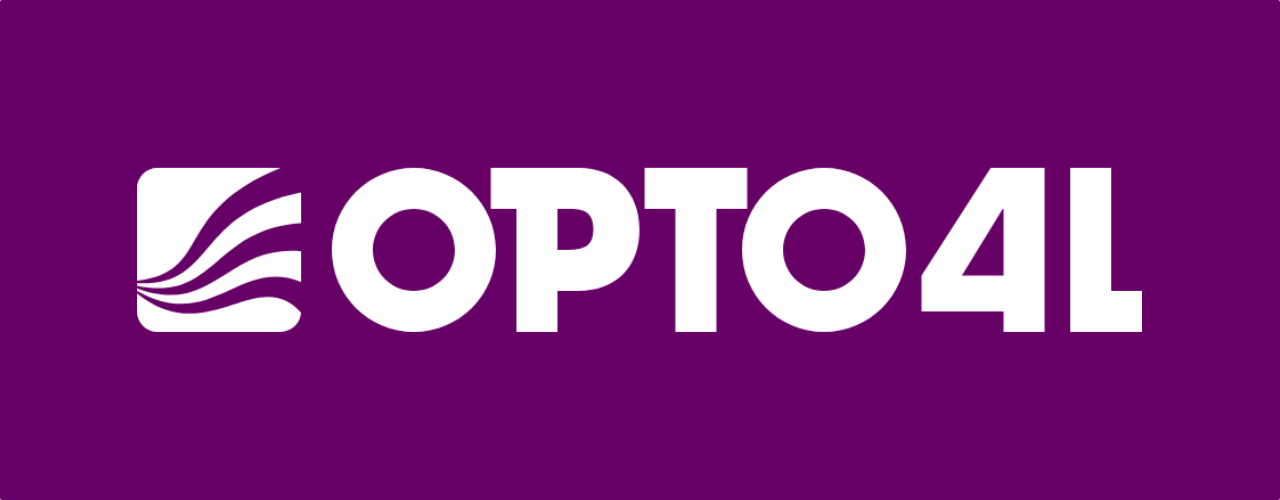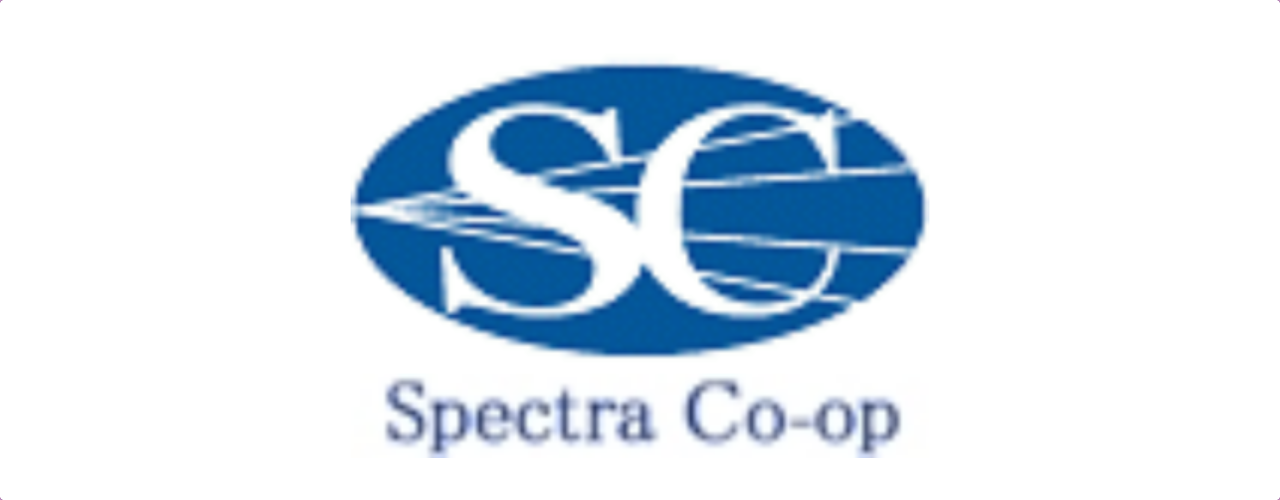Ambient light and color performance

Color performance and color temperature are the data ginseng that scientists try to express their perception,
and they are purely physical indicators. Color performance is the color difference between the light source and the
reference value of the same color or the color outside the object under the reference light (white light or
daylight), compared with the color seen by the reference light, the smaller the color difference indicates the
higher the color performance. The spectral content of the light source emits determines the light color of the
light source, but the same light color will vary because of the different wavelengths in the light, and the wider
the light source, the better the color quality.
Color classification: Faithful color vs color effect. Faithful color: Using the color index (Ra) set to 100, the
closer the amount of light emitted to the sun, the more natural the color of the object is, and the correct
expression of the material’s original color, known as high colorability. Coloring effect: To emphasize a
specific color, you can use color-enhancing methods to enhance the color-showing effect. The use of low-color
temperature light source, can make red more bright, medium-color temperature light source, will make blue
cool, and high-color temperature light source, can make the object have a cold feeling.
The human brain has the function of automatic correction of the information transmitted by the eye, and the
color expression is the expression ability of a light source to the color of an object, or the ability to distinguish.
For example, when a store sees your favorite clothes bought home, why is it different from the color you see in
the store?
You may also have had the experience of looking fresh and delicious meat in supermarket food, and how it can
look bleak at home. This is because the color temperature is different between the light source used in the store
and the house light source, but because the light source has different wavelengths, it feels like the same thing
looks different colors, and it will have natural light sources such as sunlight and artificial lighting devices.
The Printing Society has developed a standard specification for the light source used to observe the correction
paper, i.e. the color temperature is 5000k, the color index is greater than Ra-95, marked N-EDL.





